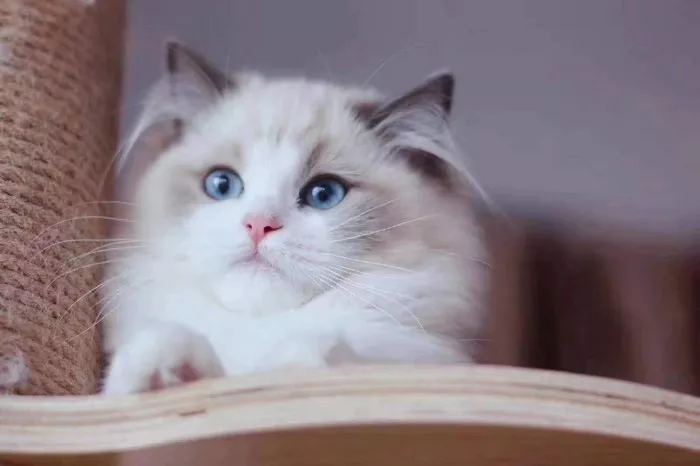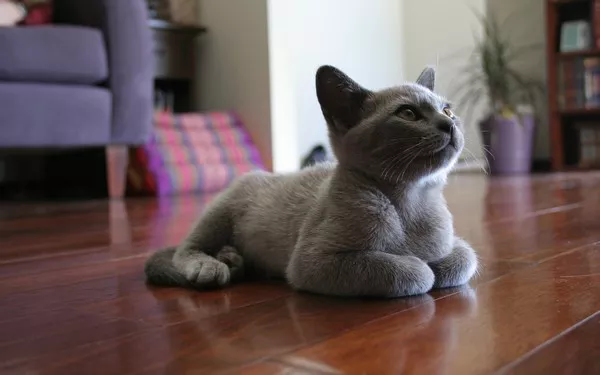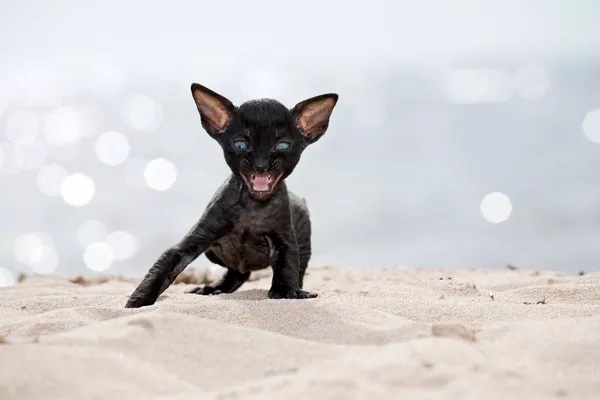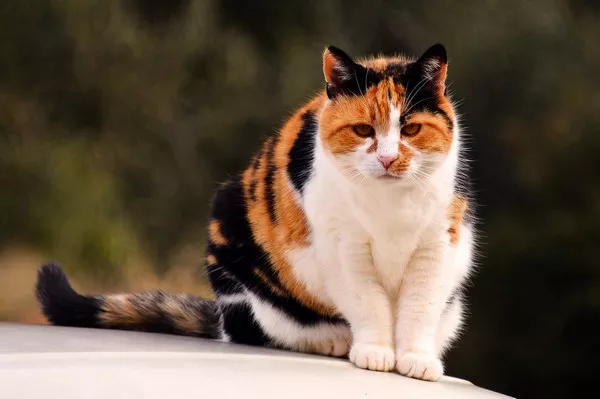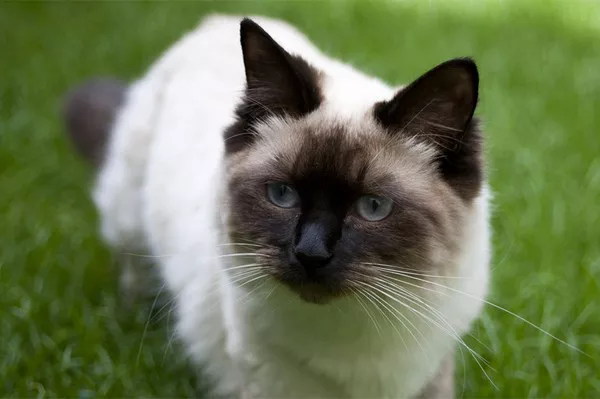Cats, with their curious nature and discerning palates, often find themselves eyeing human food with great interest. While some foods can be safely shared with our feline companions, many harbor hidden dangers that can pose serious health risks. In this comprehensive guide, we delve into the realm of human foods that are potentially poisonous to cats, unraveling the risks associated with each and emphasizing the importance of awareness to ensure our whiskered friends stay healthy and happy.
12 Human Foods That Are Poisonous to Cats
1. Onions and Garlic
Onions and garlic, while flavorful in our dishes, contain compounds that can damage a cat‘s red blood cells, leading to anemia. These ingredients are commonly found in various forms, such as raw, cooked, or powdered, making it crucial to be vigilant about ingredient lists.
2. Chocolate
Theobromine, a stimulant found in chocolate, can be toxic to cats. Dark chocolate, cocoa powder, and baking chocolate contain higher levels of theobromine, posing greater risks. Ingestion can lead to symptoms such as increased heart rate, restlessness, and, in severe cases, seizures.
3. Caffeine
Caffeine, present in coffee, tea, and certain sodas, can have adverse effects on cats. It stimulates their nervous system, leading to restlessness, increased heart rate, and, in extreme cases, caffeine toxicity. Keep caffeinated beverages out of reach to prevent accidental ingestion.
4. Alcohol
Alcohol, even in small amounts, can be hazardous to cats. It can cause intoxication, leading to disorientation, vomiting, and, in severe cases, respiratory failure. Ensure alcoholic beverages are securely stored to prevent curious felines from accessing them.
5. Grapes and Raisins
Grapes and raisins, though a healthy snack for humans, can induce kidney failure in cats. The exact toxic substance remains unidentified, but even small amounts can be harmful. Immediate veterinary attention is crucial if ingestion is suspected.
6. Dairy Products
While it’s a common belief that cats love milk, many adult cats are lactose intolerant. Feeding dairy products can lead to gastrointestinal upset, including diarrhea and stomach cramps. Opt for cat-friendly milk alternatives if you want to treat your cat to a dairy-like experience.
7. Bones and Fish Bones
Cooked bones, particularly poultry bones, can splinter and cause internal injuries when ingested. Fish bones also pose choking hazards and may lead to intestinal obstructions. It’s best to avoid offering bones altogether and provide safer alternatives for chewing.
8. Raw Eggs
Raw eggs carry the risk of salmonella and can lead to biotin deficiency in cats. Cooking eggs eliminates these risks, making them a safer occasional treat. However, it’s advisable to consult with your veterinarian before introducing any new foods into your cat’s diet.
9. Avocado
Avocado contains a substance called persin, which is toxic to many animals, including cats. While the flesh itself is less harmful, the pit and skin pose greater risks. Ingestion can lead to gastrointestinal upset, breathing difficulties, and even heart failure.
10. Xylitol
Xylitol, a sugar substitute commonly found in sugar-free products, can cause insulin release in cats, leading to hypoglycemia. Symptoms include vomiting, loss of coordination, and seizures. Keep products containing xylitol well out of reach.
11. Nuts
Certain nuts, such as macadamia nuts, can be toxic to cats. Ingestion may lead to weakness, vomiting, and tremors. Additionally, the high-fat content in nuts can contribute to pancreatitis. Ensure that nuts are not accessible to prevent accidental ingestion.
12. Salty Foods
Excessive salt intake can lead to sodium ion poisoning in cats. Symptoms include increased thirst, urination, and potential sodium toxicity. Keep salty snacks and foods out of reach, as cats may be drawn to their savory scent.
See Also: 8 Best Human Foods for Cats
Recognizing and Responding to Ingestion
Cats are notorious for their ability to sneakily consume foods they shouldn’t. Recognizing the signs of food poisoning and acting promptly are crucial steps in ensuring your cat’s well-being. Watch for symptoms such as:
Vomiting
Diarrhea
Lethargy
Loss of appetite
Difficulty breathing
Seizures
If you suspect your cat has ingested a potentially toxic substance, seek immediate veterinary attention. Time is of the essence, and professional intervention can make a significant difference in your cat’s recovery.
Prevention and Creating a Cat-Safe Environment
Prevention is the best approach when it comes to protecting your cat from the dangers of toxic foods. Here are some proactive steps to create a cat-safe environment:
1. Secure Food Storage
Store human foods securely, especially those known to be toxic to cats. Use sealed containers for storage and keep items out of reach in cabinets or high places.
2. Educate Household Members
Ensure everyone in your household, including children and guests, is aware of the dangers posed by certain foods. Communicate the importance of not sharing human food with the cat.
3. Monitor Kitchen Activities
Be mindful of your cat’s presence in the kitchen, especially during meal preparation. Cats are known to be curious, and their quick movements may lead to accidental ingestion.
4. Choose Cat-Friendly Treats
Opt for treats specifically designed for cats, ensuring they are safe and nutritionally appropriate. Many pet stores offer a variety of cat treats that cater to different preferences.
5. Consult with Your Veterinarian
Before introducing new foods or treats into your cat’s diet, consult with your veterinarian. They can offer guidance based on your cat’s specific health needs and dietary requirements.
Conclusion:
As responsible pet owners, it’s our duty to safeguard our feline friends from potential hazards, including toxic foods. By familiarizing ourselves with the risks associated with certain human foods, we can create a home environment that promotes our cats’ well-being. Vigilance, education, and prompt action in case of ingestion are key components of ensuring a happy and healthy life for our beloved feline companions.

